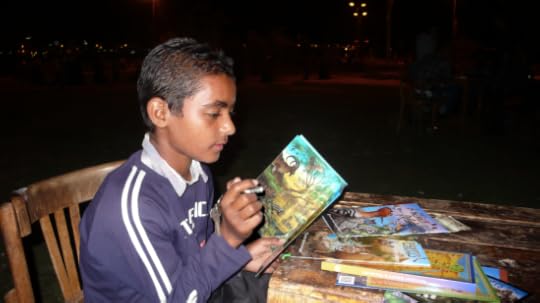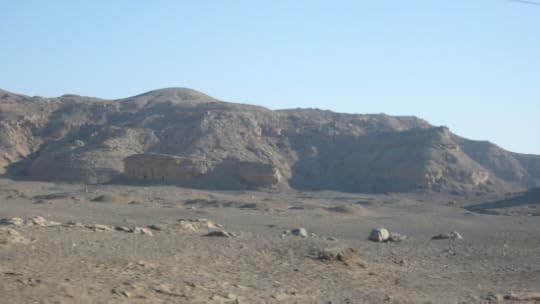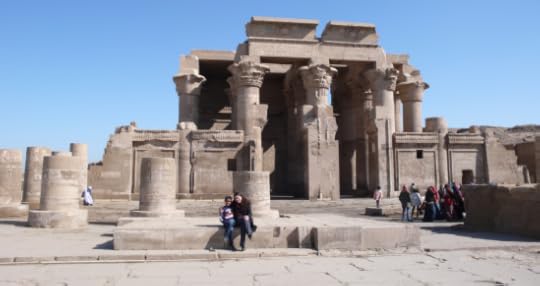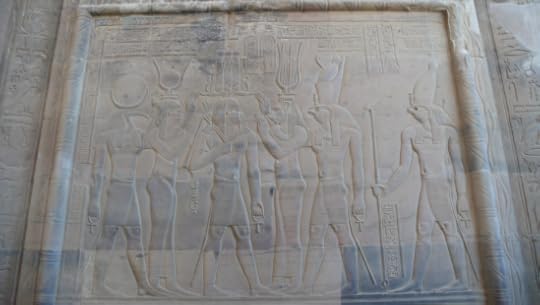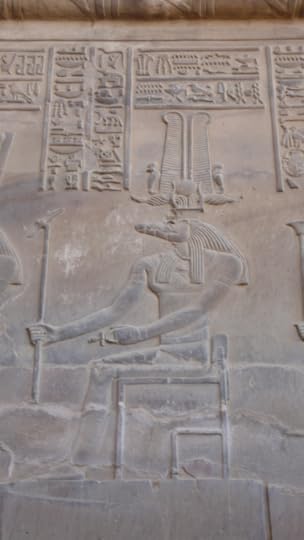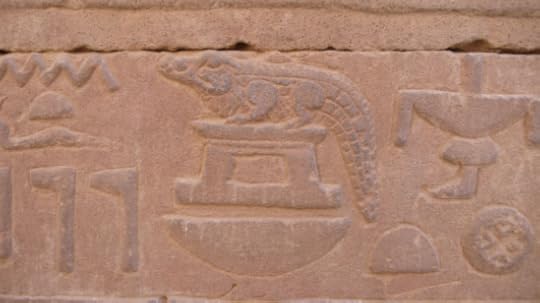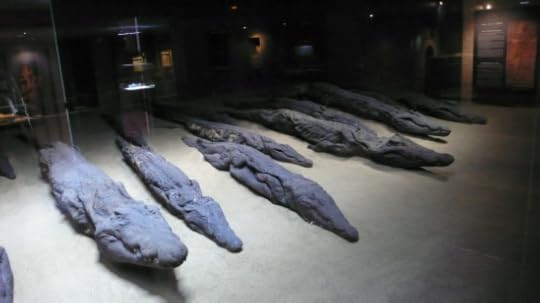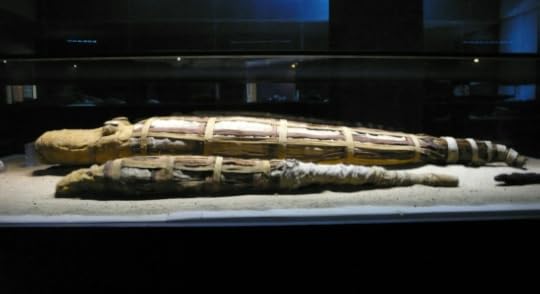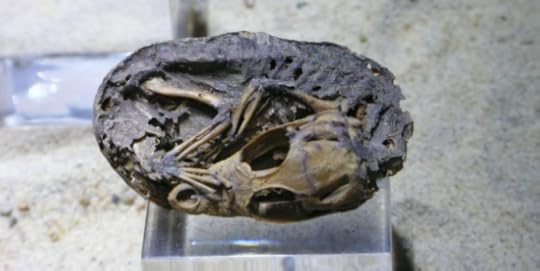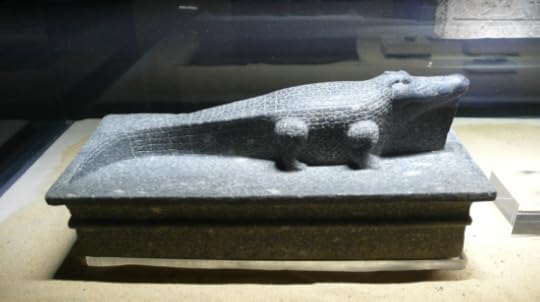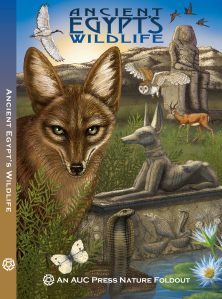A Day with Braheem at the Temple of Kom Ombo and the Crocodile Museum
Egyptians are a wonderful people with a rich heritage they have shared with the world, and tourists, for thousands of years. During a visit to the Mortuary Temple of Queen Hatshepsut, I was engulfed by several busloads of Egyptian students who had come all the way from the town of Armant for a field trip to see such sites. (Photos and story here: A Visit to Hatshepsute Temple)
Yet, surprisingly, there are many local Egyptians who have never visited such places, children as well as adults. I accompanied a friend who had lived and worked in Luxor all his life, yet had never visited any of the labyrinthine tombs found in the Valley of the Kings, Queens, or Deir el-Medina, where the ancient workers and artisans once lived. He was shocked at their beauty, and I was touched to be his guide to these places that were his own birthright.
Inspired, I decided to invite my little friend Braheem an a day trip to Kom Ombo, a few hours south of Luxor. Braheem had never gone on a field trip anywhere, and had never left Luxor. He’s a good student attending his classes each day and learning English shwaya shwaya. His smile is one of pure optimism and he’s been an inspiration to me and my work on the AUC Press Nature Foldouts. It is for children like him that I hope to publish the Arabic editions of the Nature Foldouts.
We got permission from Braheem’s mother and figured out when we could go without it interfering with school. A few days later, Braheem’s older friend agreed to drive us and we were on our way, very excited for our little adventure. The drive is a lovely scenic route that parallels the River Nile and vast, incredible gebel (mountains) which line the entire Nile Valley, and in which one can discern ancient tombs carved into the rock.
Kom Ombo is a an ancient town most famous for its temple which sits beside the Nile. Built during the Ptolemaic dynasty (305 BC to 30 BC), the temple honored two gods and was therefore designed with everything “double” including courts, halls, and sanctuaries: it is two temples in one.
The northern part of the temple was dedicated to the falcon god Haroeris, also known as Horus the Elder.
But Kom Ombo is especially known as the place of worship to the crocodile god Sobek.
Here, more then anywhere else in Egypt, one encounters the image of the crocodile carved in relief throughout the temple.
Built beside the river, crocodiles once basked on the shores here, and many were kept within the temple itself where they were cared for, worshiped, and mummified upon their death as tribute to Sobek. Hundred of such mummies were buried here, a few of which are now on display in the Crocodile Museum next to the temple itself.
In ancient times, pilgrims would visit the temple to pray to Sobek and give votive offerings in the form of small mummified crocodiles, statues and stelae.
It was a beautiful day which I was so pleased to share with Braheem.
More information about Sobek and other ancient Egyptian gods and their temples throughout Egypt can be found in the Wildlife of Ancient Egypt AUC Press Nature Foldout, with scientific consultant Egyptologist Salima Ikram:
Filed under: Ventures & Vistas in Egypt









